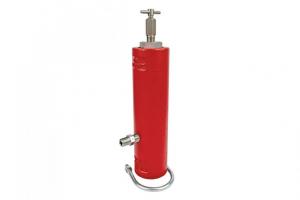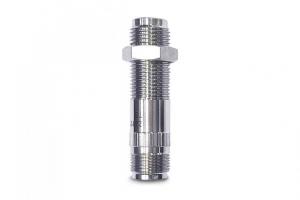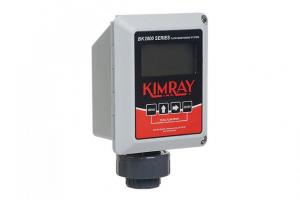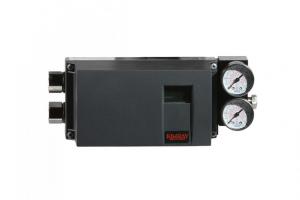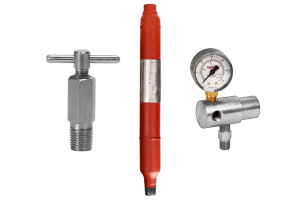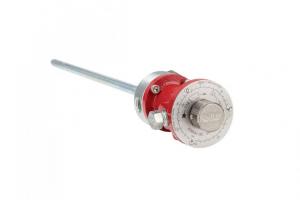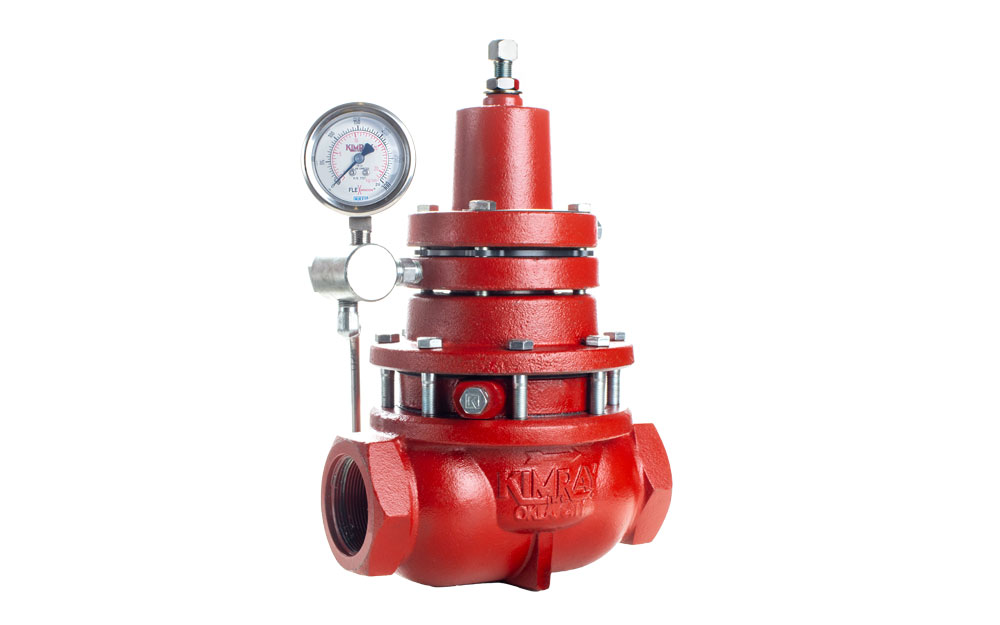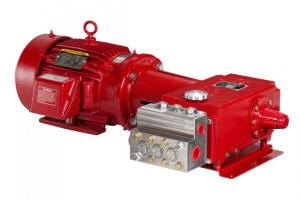An oil and gas heater treater uses heat to accelerate the separation of produced fluid.
In this video, we will walk through separation, the different types of treaters producers use, and how pneumatic and mechanical controllers provide process control on these vessels.
You will find heater treaters separating crude oil primarily in the upstream sector of oil and gas. Other kinds of heated vessels used in the upstream sector as well as the midstream include reboilers, line heaters, and gas production units.
What Kimray Products Work on Oil and Gas Heater Treaters?
Producers use several Kimray products provide control of heater treaters. Three of the most common are are Back Pressure Regulators (low or high pressure), thermostats, and the burner valve (electric or pneumatic).
What Provides the Heat?
All treaters need to have some type of burner management system (BMS) to control the heat/fire. Keeping a consistent temperature in the treater is very important to the separation process.
Why are both Vertical and Horizontal Treaters Made if They Do the Same Job?
There may be several reasons producers use a vertical over a horizontal treater and visa versa.
Some distinct advantages provided by the vertical heater treater include:
- take up less space, reducing overall equipment footprint of a production site
- typically more cost effective option than horizontal treaters
- don't require as much pressure to operate as horizontal treaters
To speak with an expert about how to optimize the operation of your heater treater, contact your local Kimray store or authorized distributor.





